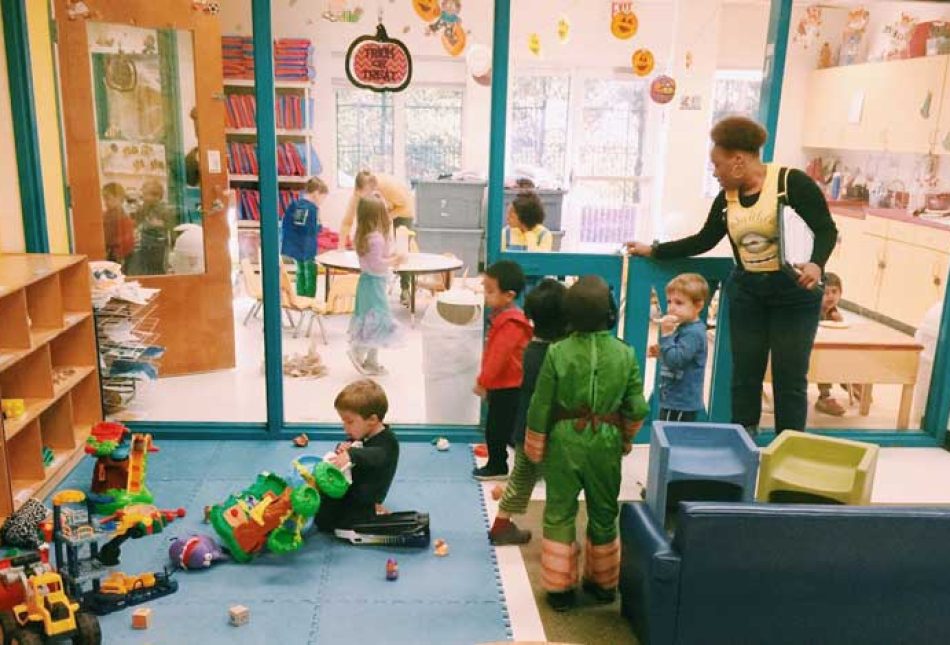Expanding New Mexico state pre-K would be a costly mistake

The following appeared in the Albuquerque Journal on August 10, 2020:

The Legislative Finance Committee (LFC) recently released a study of the “inaugural cohort” of the state’s pre-K program, concluding that “prekindergarten remains a cost-effective way to improve student outcomes.” But the LFC’s own data shows that expanding pre-K would instead be a costly mistake.
The LFC’s study cites “statistically significant” improvements in children’s outcomes, which in real life are essentially meaningless. Children who attended pre-K scored barely higher on the six kindergarten-entry readiness domains measured — just a couple of percentage points at most. In the crucial areas of literacy and mathematics, only about 60% were kindergarten-ready, whether they attended pre-K or not.
Differences in third-grade PARCC proficiencies, too, were tiny. Almost three-quarters of both pre-K and non-pre-K groups failed to meet third-grade PARCC proficiency in English: 70.3% of pre-K attendees and 71.9% of non-attendees. Roughly two-thirds of both groups failed to meet standards in math: 65.9% of children who went to pre-K compared to 68.1% of children who did not.
If pre-K were affecting children’s achievement, New Mexico’s National Assessment of Education Progress (NAEP) scores would be rising as pre-K attendance goes up. From 2011 to 2019, however, while the percentage of fourth-graders who had attended pre-K almost tripled, the percentage scoring at or above Basic on the NAEP reading exam remained precisely the same at 53%. In math, that percentage actually declined from 75% to 72%.
The largest outcome differences the LFC reports are for chronic absence — missing over 10% of school — and high school graduation within four years. Twelve percent of children who went to pre-K were chronically absent compared to 16% of those who did not attend. Eighty percent of the 1,540 students in the inaugural pre-K cohort graduated within four years compared to 74% of the roughly 25,000 students who had not gone to pre-K 14 years prior.
Both these differences are likely caused by parents, though, not by children starting school when they’re 4 instead of 5. Parents who voluntarily send their 4-year-old to school for an entire year also probably try harder to make sure their child attends school regularly and graduates on time.
That is, children who attend pre-K have exactly the parents most likely to ensure their success throughout schooling. And the influence of a child’s parents greatly outweighs a single year of school, whether that’s pre-K or fifth grade.
Finally, the LFC study concludes that pre-K is a cost-effective use of taxpayer dollars. But compared to what? “Cost effectiveness” means comparing various programs to determine which yield the biggest results for the same expenditure of limited resources.
Policymakers can’t decide if spending $100 on Program X makes sense if they only know it yields an eventual benefit of $106. How does $106 compare to the benefit of spending $100 on other programs with the same goal? In the case of improving school achievement, the LFC itself has identified approaches far more effective than pre-K.
In a 2017 study, the LFC found that teacher quality had the “most impact on a student’s academic achievement” of all school-related factors, reporting positive effects which were orders of magnitude larger than any associated with pre-K. Children’s PARCC scores in math and reading varied by up to 49 percentage points over three years, depending on whether they had effective or ineffective teachers. Low-performing schools that participated in “Teachers Pursuing Excellence” peer mentoring increased the percentage of students scoring at proficient or above on the PARCC exam from 24% to 35% in reading and 16% to 27% in math, over just two years.
Policymakers should be seeking the most effective use of resources to improve student outcomes and help children who need help the most. Based on the LFC’s recent study, adding a pre-K grade to the public schools seems like more of a “cost-effective way” to rearrange deck chairs on the Titanic.
